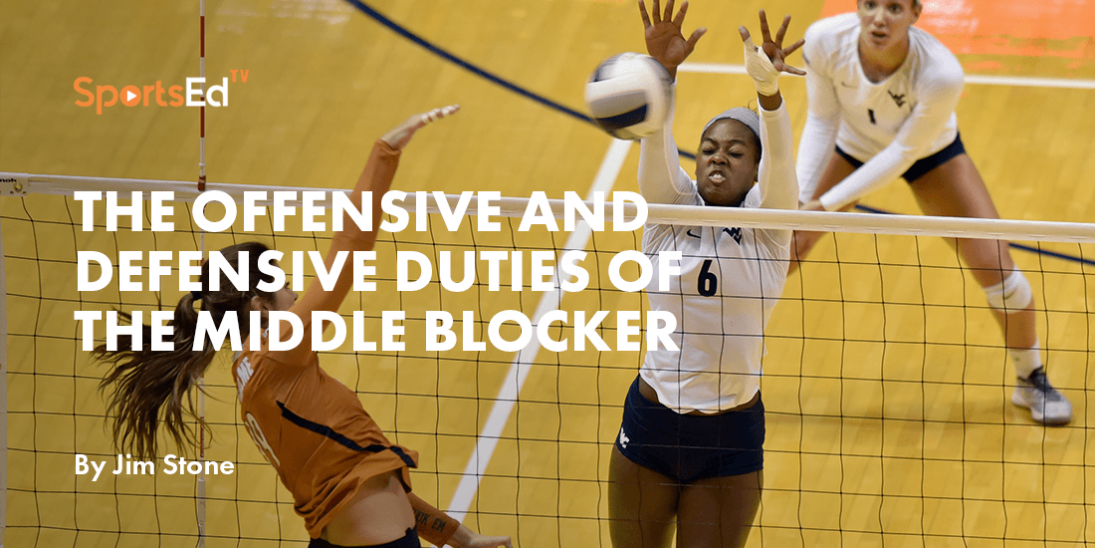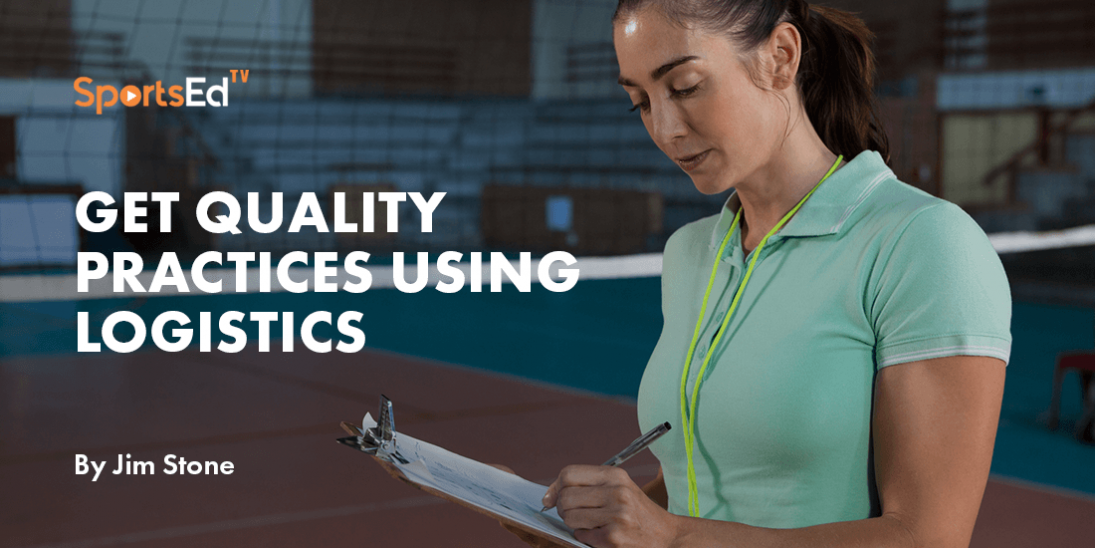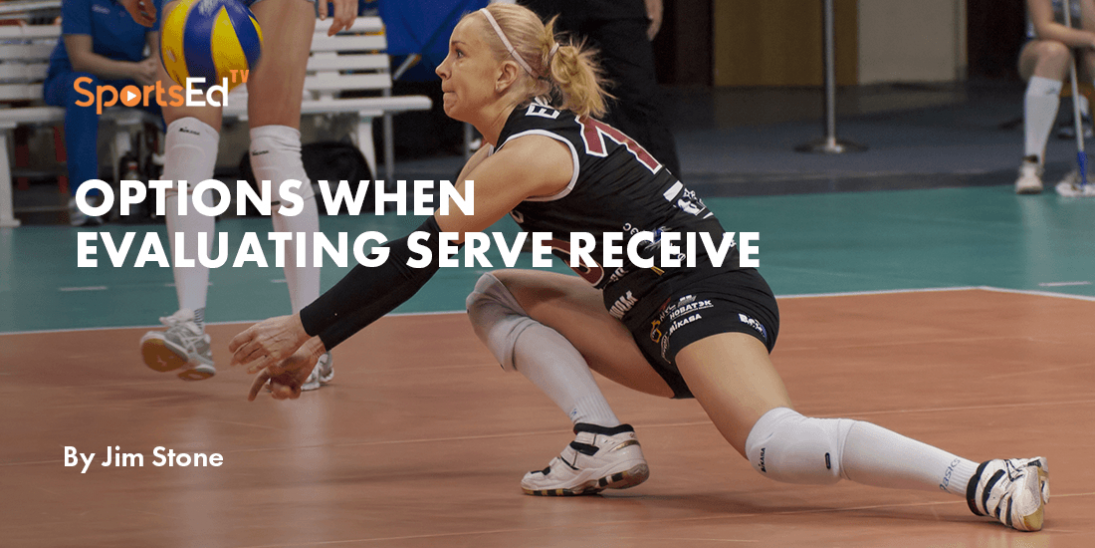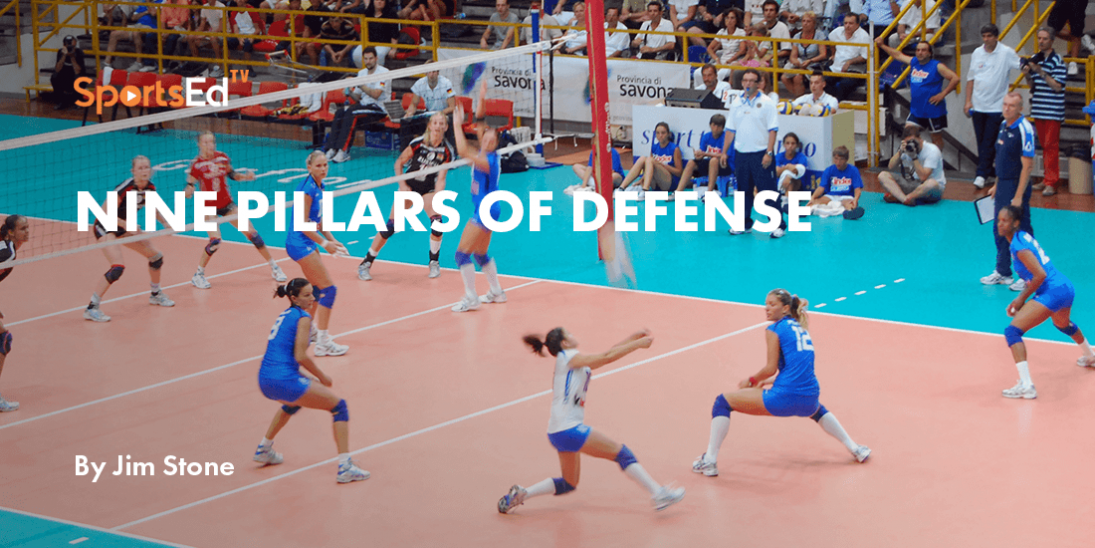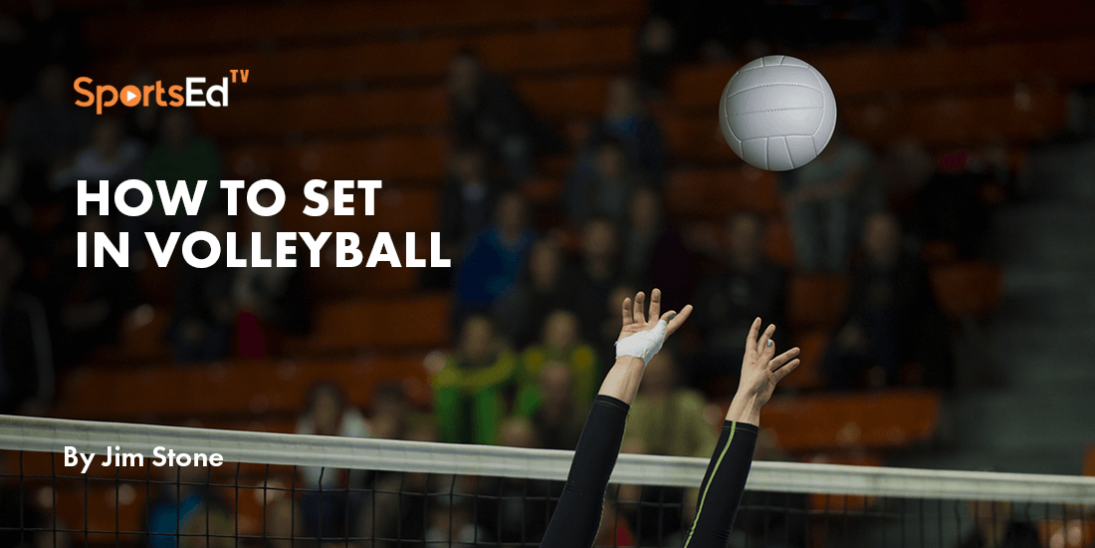Volleyball
Welcome and thanks for visiting...

Balance Is More Important in Passing Than Being Stopped
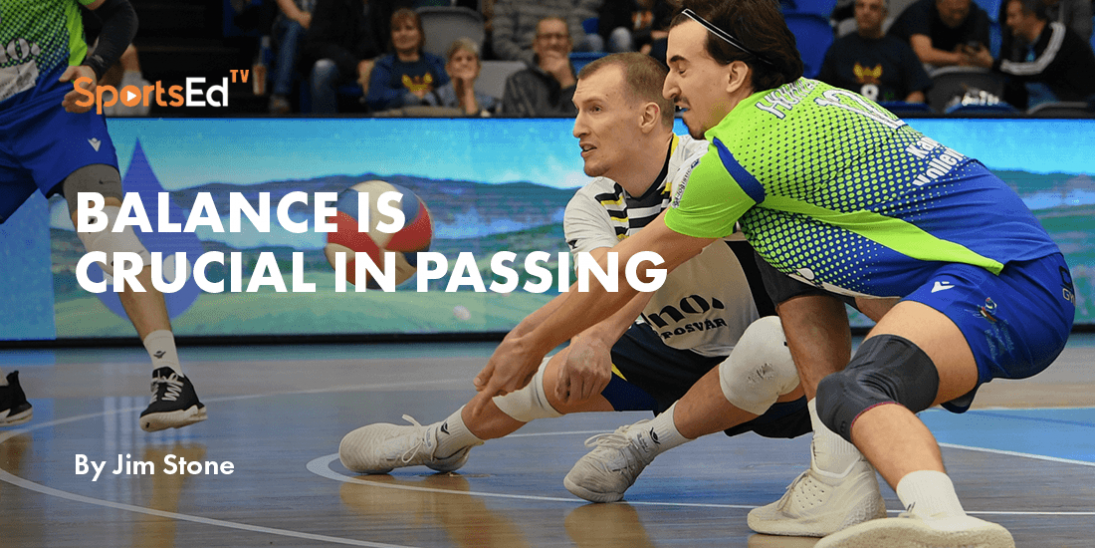
Much of the time during my early coaching years, I told my athletes to stop when defending or passing. That has changed, as have other early-stage coaching instructions as I reshaped values in serve-receive and defense.
In the modern game increased velocity of the serve and attack, there is a lot of pressure placed on passers and defenders. Though I am not against being stopped when the ball comes directly to the passer, generally the ball at the passer's midline is not a problem. The issue nowadays is when a passer receives a high-velocity serve that takes movement.
It is clear now that a rigid upright posture in the serve-receive mode inhibits movement. The picture below shows how starting posture is being presented to younger players. Though it is not wrong, it surely does not encourage the fast, athletic movements required in passing a high-velocity serve.

How to improve passing volleyball?
Now, much of my training time is spent showing athletes how effective and comfortable forearm passing is while moving their feet. As long as the upper body stays quiet and moves are made with good balance and finishes, there's no need to be stopped while passing. Most passing mistakes occur when the focus is on being stopped. When they are stopped, the platform makes a panicked, violent last-second move to the ball instead of being quiet, with the feet moving. The exception is when the ball is coming directly to the passer.
See in this video Lexi Rodriguez, former USA U-18 libero, and Elaina Oglive, the USA outside hitter, moving to the ball, relaxed and with the head staying level, upper body quiet as the move through the pass continues.
Their feet continue to move while they play the ball, but the upper body and passing platform are quiet while the feet work. The contact is good, and the passer/defender stays in good balance and in good posture when moving. Movement, balance, and posture thrive when they coexist. Rehearsal of the shuffle and crossover steps to the ball are important patterns that need to be mastered.
In teaching the forearm skills to deal with serves and attacks, I like the athlete to be relaxed and loose, elongating their limbs and focusing on efficient movement with the feel while keeping the head and platform nice and quiet.




